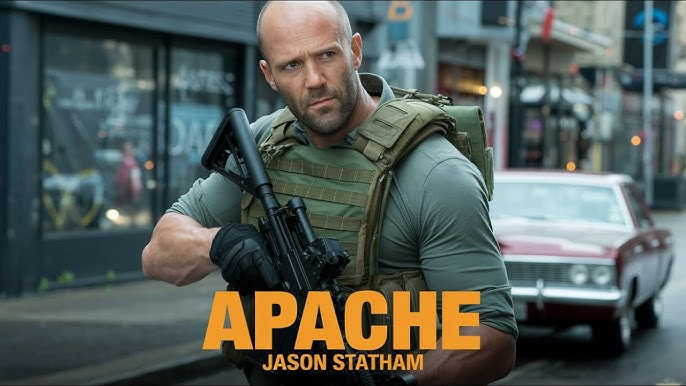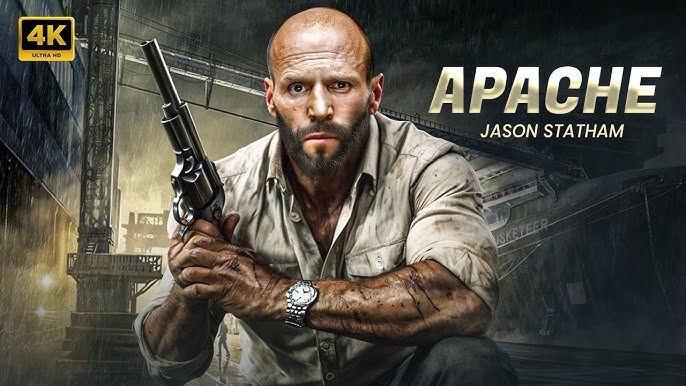Apache (2024) – The Last Warriors of the Desert

Some stories are carved into the land itself, carried on the wind and written in blood. Apache (2024) is not just another action epic—it is a meditation on survival, identity, and the unyielding spirit of a people caught between history and extinction. Fierce, poetic, and unforgiving, the film plunges us into a world where freedom is the only law worth dying for.
The story unfolds in the late 19th century, at a time when the Apache tribes are cornered by encroaching settlers, soldiers, and betrayal from within. The narrative follows a young warrior torn between the traditions of his ancestors and the brutal reality of a world closing in on his people. Haunted by visions of his forefathers and driven by a burning loyalty to his tribe, he rises as both protector and avenger.
From its opening scene, the film embraces authenticity and rawness. The desert is not simply backdrop but living character—endless dunes, jagged canyons, and blood-red sunsets embody the unforgiving spirit of the Apache struggle. Each frame feels both mythic and intimate, drenched in dust, sweat, and memory.

The conflict is not merely physical but cultural. The Apache fight against soldiers armed with rifles and cannons, yet the true battle lies in preserving their dignity, their language, their traditions. The protagonist is caught between the possibility of compromise and the necessity of resistance, forcing him to decide whether survival means surrender or defiance.
The action sequences are visceral and brutal. Ambushes erupt in narrow canyons, horse chases tear across barren plains, and knife duels unfold beneath the stars. Yet each fight carries emotional weight—it is never spectacle for its own sake, but an expression of rage, desperation, and the unbreakable will to endure.
Supporting characters deepen the film’s resonance: an elder chief who serves as conscience and guide, a rival warrior whose thirst for blood threatens unity, and a woman who embodies both the pain of loss and the fragile hope of renewal. Their arcs weave together to remind us that the Apache story is not about one hero, but about a people’s collective heartbeat.
The cinematography is stunning. Long, sweeping shots capture the vastness of the desert, while close, intimate framing reveals the anguish in the warriors’ eyes. Nature itself becomes both ally and enemy—sheltering the Apache in their guerrilla tactics while reminding them of the harsh price of survival.

The score fuses traditional instruments with haunting orchestral tones, echoing the pulse of drums across the desert night. It is both elegy and war cry, amplifying the dual themes of loss and resistance.
Thematically, Apache (2024) is about defiance in the face of inevitability. It explores the cost of freedom, the clash between tradition and change, and the unbreakable spirit of those who refuse to be erased. It asks whether survival means enduring physically—or whether true survival is carrying a culture into memory and legend.
By its conclusion, the film offers no neat victory. Blood is spilled, tribes are broken, and the desert claims its due. Yet within the ashes lies a fierce pride: that even in defeat, the Apache spirit cannot be conquered. Their story endures, not because they won, but because they refused to vanish quietly.
Ultimately, Apache (2024) is both an action epic and a requiem. It is brutal, haunting, and deeply human—a film that does not romanticize war but honors the resilience of a people whose defiance became legend. Like the desert winds, its echoes linger long after the credits fade.
Related movies :
Related movies :
Related movies :
Related movies :
Related movies :
Related movies :
Related movies :











